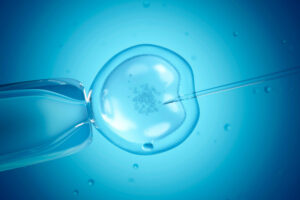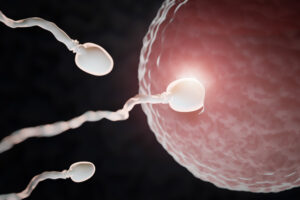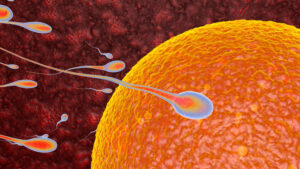If you’ve been struggling with chronic pelvic pain, heavy periods, or fertility issues, you might have heard your doctor mention endometriosis or adenomyosis. These two conditions often sound similar — and in many ways, they are. Both involve the abnormal growth of uterine tissue, and both can cause significant discomfort.
However, despite sharing symptoms, endometriosis and adenomyosis are distinct conditions that affect different parts of the uterus and require different approaches to diagnosis and treatment.
In this comprehensive guide, we’ll break down the difference between endometriosis and adenomyosis, including causes, symptoms, diagnosis, and treatment — so you can better understand your body and make informed healthcare decisions.
What Are Endometriosis and Adenomyosis?
Before comparing them, let’s understand what each condition actually is.
What Is Endometriosis?
Endometriosis occurs when tissue similar to the lining of the uterus (endometrium) grows outside the uterus — in places it shouldn’t be. These growths, called endometrial implants or lesions, can attach to the:
- Ovaries
- Fallopian tubes
- Outer surface of the uterus
- Bladder, intestines, or pelvic walls
Just like the uterine lining, these tissues respond to hormonal changes during the menstrual cycle — thickening, breaking down, and bleeding. But since they’re outside the uterus, the blood has no way to leave the body, leading to inflammation, pain, and scar tissue formation (adhesions).
What Is Adenomyosis?
Adenomyosis, on the other hand, happens when endometrial tissue grows into the muscular wall of the uterus (the myometrium). Unlike endometriosis, where tissue is outside the uterus, in this condition, the tissue is embedded within the uterine muscle.
This causes the uterus to enlarge and thicken, leading to heavy menstrual bleeding, severe cramps, and pressure in the lower abdomen. Adenomyosis typically affects women in their 30s and 40s, especially those who have had multiple pregnancies.
Endometriosis vs Adenomyosis: The Key Difference
Here’s the simplest way to remember it:
Endometriosis = Tissue grows outside the uterus
Adenomyosis = Tissue grows inside the uterine muscle
While both involve misplaced endometrial-like tissue, their location determines how they behave and how they affect your health.
Causes and Risk Factors
Both conditions are hormone-dependent, but their exact causes differ slightly.
Causes of Endometriosis
The precise cause is still unclear, but possible factors include:
- Retrograde menstruation: Menstrual blood flows backwards through the fallopian tubes into the pelvic cavity.
- Genetic factors: Family history increases risk.
- Immune system dysfunction: The body fails to recognise misplaced tissue.
- Surgical scars: Endometrial cells may attach to incisions after surgeries like C-sections.
Causes of Adenomyosis
Adenomyosis may result from:
- Invasive tissue growth: Endometrial cells invade the uterine muscle.
- Post-childbirth changes: Uterine inflammation after delivery may lead to tissue penetration.
- Hormonal imbalance: Estrogen dominance may promote abnormal growth.
- Uterine surgeries: Procedures like fibroid removal or D&C may increase risk.
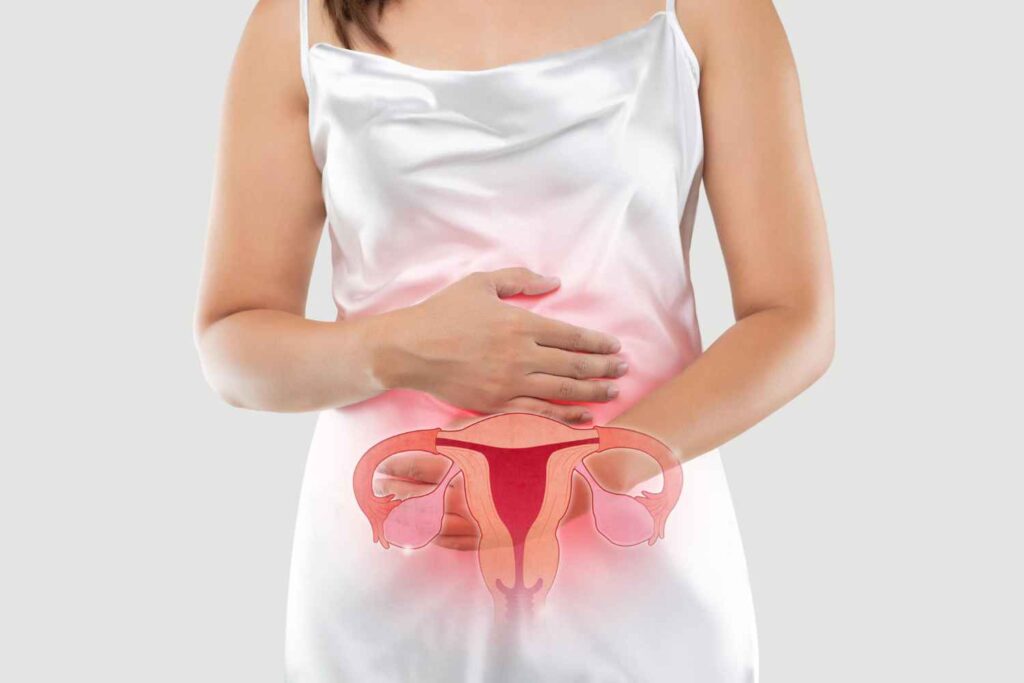
Symptoms: How to Tell Them Apart
Both endometriosis and adenomyosis can cause pelvic pain and heavy bleeding, but subtle differences can help identify each condition.
| Symptom | Endometriosis | Adenomyosis |
| Location of pain | Pelvic area, lower back, abdomen | Central pelvic pain, uterine pressure |
| Menstrual cramps | Severe, may begin before periods | Intense, cramp-like pain during periods |
| Bleeding | Normal or slightly heavy | Very heavy or prolonged bleeding |
| Pain during sex (dyspareunia) | Common, especially deep pain | Less common, more uterine discomfort |
| Fertility issues | Common due to organ adhesions | Possible but less frequent |
| Uterus size | Normal | Enlarged and tender |
| Pain pattern | Cyclic, worsens during menstruation | Constant, with more pain during menses |
How These Conditions Affect Fertility
Endometriosis is a leading cause of infertility. It can:
- Block or damage the fallopian tubes
- Cause ovarian cysts (endometriomas)
- Disrupt ovulation
- Create inflammation that interferes with egg and sperm function
However, many women with endometriosis can still conceive naturally or with fertility treatments like IVF after proper management.
Adenomyosis and Fertility
Adenomyosis can also affect fertility, though less severely than endometriosis. It may:
- Disrupt the implantation of the embryo
- Alter uterine contractions, affecting sperm movement
- Causes inflammation that interferes with embryo development
In both cases, early diagnosis and treatment significantly improve fertility outcomes.
Diagnosis: How Doctors Identify Each Condition
Since symptoms overlap, diagnosis often requires advanced imaging and evaluation.
Diagnosing Endometriosis
- Pelvic exam: Checks for nodules or tenderness.
- Ultrasound or MRI: Detects cysts or lesions.
- Laparoscopy: A minimally invasive surgery that allows direct visualisation and biopsy — the gold standard for diagnosis.
Diagnosing Adenomyosis
- Pelvic ultrasound: May show an enlarged, bulky uterus.
- MRI scan: Reveals thickening of the uterine walls or dark spots within the muscle.
- Biopsy: Rarely needed, but can confirm diagnosis after hysterectomy.
Treatment Options: Managing Pain and Preserving Fertility
Although both conditions are chronic, several treatments can control symptoms and improve quality of life.
Endometriosis Treatment
1. Medications
- Pain relievers: NSAIDs like ibuprofen for mild pain.
- Hormonal therapy: Birth control pills, progestins, or GnRH agonists to suppress endometrial growth.
- Hormone blockers: Reduce estrogen levels and slow disease progression.
2. Surgery
- Laparoscopic excision: Removes endometrial lesions while preserving fertility.
- Hysterectomy: For severe, nonresponsive cases when fertility isn’t a concern.
3. Fertility Treatment
- If conception is difficult, IVF (In Vitro Fertilisation) can help bypass blocked tubes and increase pregnancy chances.
Adenomyosis Treatment
1. Medication
- Hormonal therapy: Birth control pills, progestin IUDs, or GnRH analogues to reduce bleeding and pain.
- NSAIDs: For pain and inflammation relief.
2. Minimally Invasive Procedures
- Uterine artery embolisation (UAE): Reduces blood supply to adenomyosis tissue, shrinking it.
- Endometrial ablation: Destroys the lining of the uterus to reduce heavy bleeding (not suitable for women planning pregnancy).
3. Surgery
- Hysterectomy: The only definitive cure for adenomyosis in severe cases.
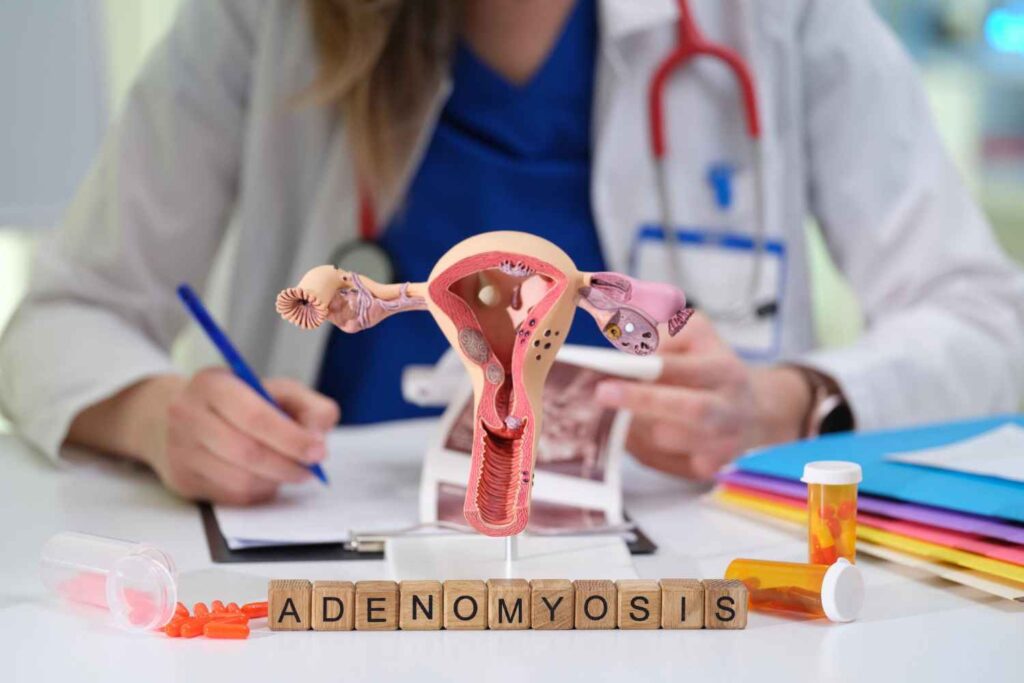
Living with Endometriosis or Adenomyosis
Both conditions can be emotionally draining due to chronic pain and fertility challenges. But with timely diagnosis, proper treatment, and lifestyle management, women can lead healthy, fulfilling lives.
Self-Care and Lifestyle Tips
- Maintain an anti–inflammatory diet rich in whole foods, leafy greens, and omega-3s.
- Practice regular exercise and stress management techniques like yoga or meditation.
- Get enough rest and track your menstrual symptoms to help your doctor monitor progress.
- Avoid smoking and limit caffeine and alcohol intake.
Support groups and counselling can also be invaluable for coping emotionally.
When to See a Doctor
You should consult a gynaecologist if you experience:
- Chronic pelvic pain that worsens during periods
- Heavy or irregular bleeding
- Pain during intercourse
- Difficulty conceiving
- Enlarged or tender uterus
Early medical attention can help prevent complications, preserve fertility, and relieve pain effectively.
Endometriosis vs Adenomyosis: Quick Summary
| Feature | Endometriosis | Adenomyosis |
| Location of tissue | Outside the uterus | Within the uterine wall |
| Uterus size | Normal | Enlarged |
| Pain during sex | Common | Less common |
| Bleeding | Normal or slightly heavy | Heavy and prolonged |
| Fertility impact | High | Moderate |
| Definitive cure | None (manage with meds/surgery) | Hysterectomy (for severe cases) |
Conclusion
Though endometriosis and adenomyosis may seem similar, they are distinct conditions that require specific approaches for diagnosis and treatment.
- Endometriosis affects organs outside the uterus, leading to pelvic pain, infertility, and adhesions.
- Adenomyosis occurs inside the uterine muscle, causing heavy periods, uterine enlargement, and severe cramps.
If you suspect you have either condition, seek a consultation with an experienced gynaecologist or fertility specialist. Early diagnosis not only relieves symptoms but also helps preserve fertility and improve quality of life.
